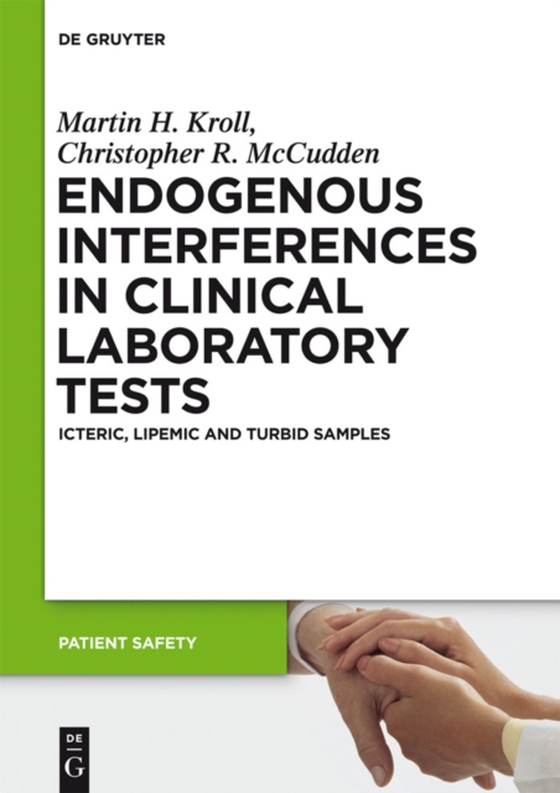
Endogenous Interferences in Clinical Laboratory Tests e-bog
265,81 DKK
(inkl. moms 332,26 DKK)
The goal of clinical laboratories is to produce accurate information for clinical decision making in medicine. More than half of the medical decisions made depend on clinical laboratory tests. Patient safety represents an important and critical problem for laboratories. They need to assure that the information they deliver to physicians is accurate, and therefore safe for clinicians to use...
E-bog
265,81 DKK
Forlag
De Gruyter
Udgivet
19 december 2012
Længde
155 sider
Genrer
Medical laboratory testing and techniques
Sprog
English
Format
pdf
Beskyttelse
LCP
ISBN
9783110266221
The goal of clinical laboratories is to produce accurate information for clinical decision making in medicine. More than half of the medical decisions made depend on clinical laboratory tests. Patient safety represents an important and critical problem for laboratories. They need to assure that the information they deliver to physicians is accurate, and therefore safe for clinicians to use. Endogenous compounds can interfere with laboratory tests, decreasing accuracy and threatening patient safety. Elevated bilirubin (bilirubinemia) and elevated lipids (lipemia) are common conditions that cause significant interferences with laboratory results. Clinicians depend on laboratories to detect these endogenous interferences. Laboratories must have a means to detect these endogenous interferences, make decisions about reporting results, and evaluate their impact. Most clinical pathology books provide only an abbreviated introduction to the subject, or provide a long list of references, without the necessary foundation for evaluating their significance. Package inserts typically provide scant information. This book provides the empirical and theoretical foundation for these interferences, describes the clinical settings where they occur, and explains their evaluation and detection, allowing the laboratory to interpret the available data on interferences and make the appropriate decision to effectively report test results while protecting patient safety.
 Dansk
Dansk

